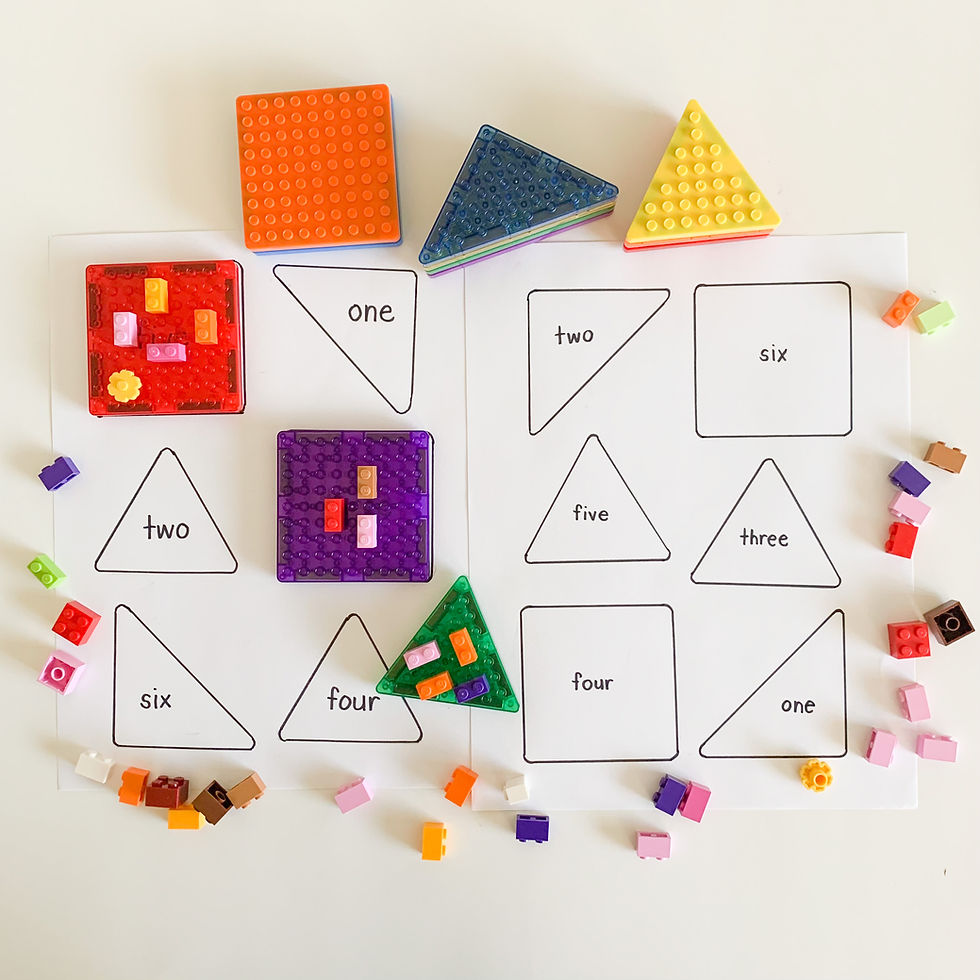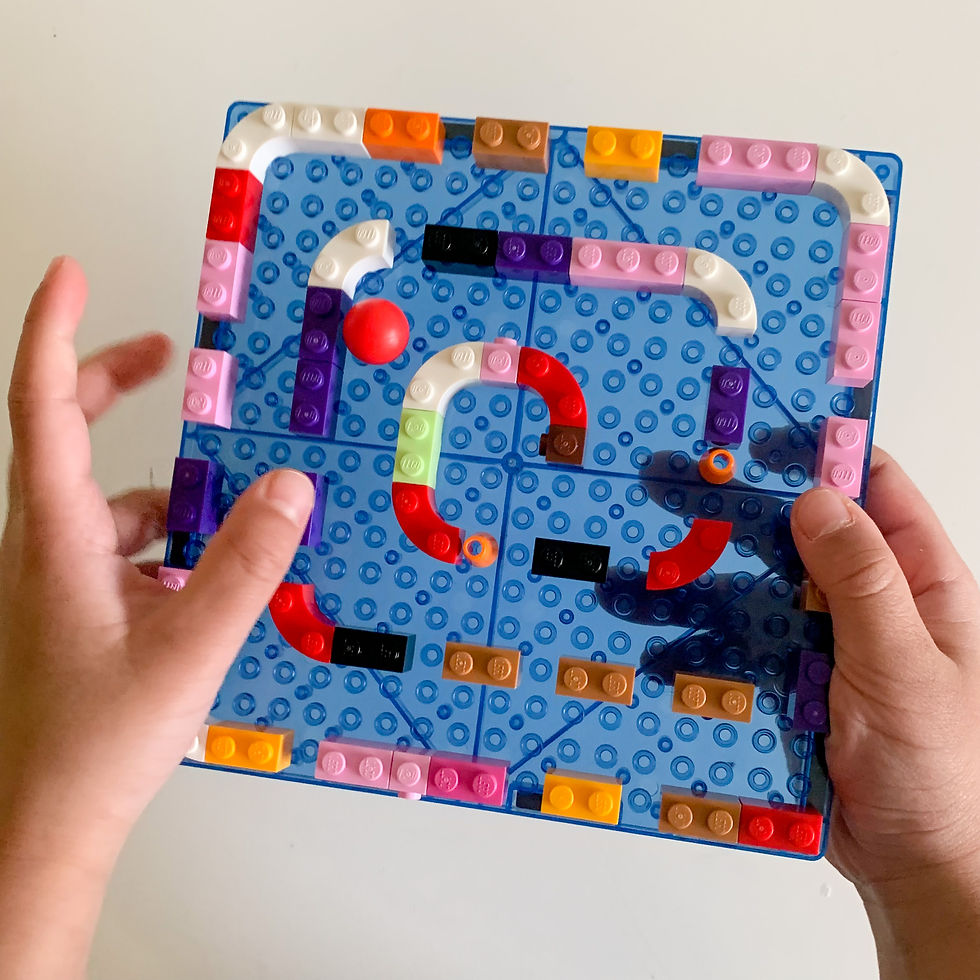HOW PARENTS CAN SUPPORT STEAM LEARNING AT HOME
- JC INGENIUM
- Feb 3, 2023
- 6 min read
If you read or watch the news, you might have heard about how American (and Australian) children are far behind other countries in achieving quality education regarding math and science education. Australia has basically remained level in the ranking of high and middle-income countries, while 38 out of the 41 other countries have accelerated past us. That is a concern, particularly in a global economy where our kids will compete with kids all over the world for employment in this new information-based and highly technological society. The demand for STEAM jobs is there, but there just aren't enough people interested in those kinds of study or careers. For some students, the level of engagement is the obstacle. The main reason for loosing interest in STEAM subjects mainly are:
"Math is ok, but it could be more fun."
"There's loads of other subjects that are more fun.”

School teacher's don't have enough training and funding support to run STEAM effectively in their classrooms. So how can you make your child's lightbulb go off and allow children to enjoy Science, Technology, Engineering, Arts and Maths? That's where you come in, Mom and Dad! The younger you pique their interests, the sooner your children's minds turn to solve problems related to interacting with the physical world around them. This blog will give you many ideas of things you can do at home. Who knows? You might learn a thing or two along the way too.
WHAT IS “STEAM”? STEAM is an acronym and a broad term used to group together the academic disciplines of Science, Technology, Engineering, Arts and Maths.
Back when I was in school, these disciplines were taught separately as stand-alone subjects (with less focus on Engineering and Technology in our curriculum).
HOW IS DOING STEM DIFFERENT TO TRADITIONAL EDUCATION
STEAM is not about teaching "more" maths, science, technology or engineering lessons. STEAM education is more of an enquiry-based approach to learning through experiments and STEAM activities. It's about structuring learning opportunities to focus on solving authentic and meaningful real-world problems and developing deep connections of the world around us.
STEAM often requires combining knowledge and skills from multiple disciplines and a toolkit of methods and strategies.
Teaching your little one to cook in the kitchen helps your children develop a wide variety of STEAM skills:
An "I wonder why/how/what happens if," mindset: Kids are motivated to ask multiple questions to understand the concept deeply. For example, Why water bubbles when it gets hot, what makes bread rise, etc.
Science: Observing Observe patterns, similarities, and differences in fruits and vegetables, Chemistry (use of heat, cold, cutting changes the composition of food)
Technology: Using timers, temperature control, cooktops.
Maths: Addition, subtraction, multiplication, division, fractions/ratios/percentages, measuring, time, ect.).
Procedures: Recipe with steps to follow
When children see that what they are learning is pertinent to their own life or relevant in their curiosity about the world, it makes it more fun and interesting.

STEAM education shines by teaching kids not what to think but how to think and memorising facts in textbooks. Rather STEAM creates critical thinkers that find the meaning of concepts and solve problems by applying the how's and why's to them using active inquiry, exploration, application, and reflection. For example, rolling things down ramps are a great way to explore gravity and velocity. What happens if I change the angle or texture of the ramp? STEAM education will help your children attain a ton of lifelong meaningful skills such as problem-solving, decision making, critical thinking, creativity, curiosity, entrepreneurship, learning from their mistakes and leadership. Even if they don't work specifically in a STEAM field, it will give them varied interests and valuable skills to successfully move into any industry. They could use STEAM based principles to create solutions to many socio-economic issues around the world, world hunger, pollution, etc. SO WHY IS STEM SO IMPORTANT ANYWAY? It's hard to imagine what our world would be like without people employed in the STEAM fields. They have made countless discoveries (like penicillin) and inventions (like the internet) that created more jobs in many more sectors and geographies and permanently changed our world for the better. However, there are still plenty more advancements that await our younger generation. Currently, the salary of a graduate who has knowledge about creating apps is $97,000. Things once considered impossible will happen at an unprecedented pace with the rise in automation, globalization and new technology (such as biomedicine, microfabrication, robotics, and artificial intelligence). It's estimated that robots will replace around 800 million jobs by 2030. STEAM workers are less likely to experience joblessness and can command higher wages than non-STEAM counterparts. New STEAM fields of employment will open up as more and more companies rely on tech-related things to innovate their products and services, requiring the ability to understand and apply data and develop solutions to complex problems. To meet this change in job demands, our children will need a vast repertoire of strategies and skills to be adaptive, resilient and innovative… (plus they can command higher wages).
By learning STEAM, you are helping your child be ready for jobs that don't exist yet.
So how do we plan education for an unknown job market or unknown needs? We need to empower our children early.
WHEN CAN YOU BEGIN TEACHING STEM AT HOME?
Start EARLY!!! Research shows that kids are natural learners and capable of learning about STEAM from a young age. Early exposure and understanding of STEAM topics can ignite a lifelong passion for learning, exploration and increase academic achievement, persistence and critical thinking skills.
There is an unprecedented window of opportunity for learning in the first 5 years of your child's life.
Children’s brains are perfect for the basics of STEAM because their brains are honestly like little geniuses. Young children have a keen desire to observe, experiment, build, draw, etc. and an innate ability to connect ideas better than adults. I believe that strengthening these innate abilities to be curious and discovering should begin at a young age, rather than reserving them for when they grow up. By the age of 8, the transition to an innovator mindset seldom happens if they have only been a passive learner.

I started teaching my first child STEAM around two years of age and my second child simple concepts from 6 months old. It's been incredible witnessing their curious little brains being a sponge to water, easily absorbing all the learnings we have covered.
Parents play a major role in shaping their kid's learning process.
Parents know their kid's inherent interests, motivations and skills more than anyone else.
You don't need to be a scientist or engineer to teach STEM at home.
Luckily, there is a whole world of knowledge, resources and inspiration at our fingertips on the internet, targeted for kids. I try to use correct terms for things, and when I don't know the answer to something, I say, "well, let's find out together". I have also really enjoyed participating in the process and learning alongside my son. You are never too old to learn, right?

You can weave STEAM into almost anything you're already doing at home. You don't always need to set up fancy activities or materials to help draw out your child's inner scientist. For example:
Eating Pizza opens up discussions about fractions.
When things fall off a table, it opens up conversations about gravity.
Playing with Magblox opens up investigating what items around home are magnetic.
The main focus is to work on developing learning habits of inquiry, critical thinking skills and problem-solving skills. HOW YOU CAN ENCOURAGE PROBLEM-SOLVING AT HOME:
Problem-solving moments happen all the time in your child's life at home. Encouraging them to work it out independently (rather than solving it for them) can turn it into a perfect STEAM learning opportunity.
A typical example that most children face at some point is when they want something out of reach. Instead of grabbing it and solving the problem, encourage and support them to problem-solve the scenario.
"hmmm... let's work out why you can't reach that... Oh, you’re not tall enough to reach it? How can we make you taller?". Your questions will help motivate them to research, inspire them to connect "measuring" concepts to a real-world scenario and make the learning more memorable and meaningful by finding their own solution. When the child works through their problem (e.g. getting a step stool), it will help foster their independence, critical thinking, STEAM, oral language, executive functioning, and many other skills. The STEAM concepts they will be using: Science: Experimenting. "What happens if..." Technology: What tools could help raise me up? Engineering: What will be the most stable?
Arts: How it will look like? Maths: Compare heights. Which one will make up the difference needed? (If they get stuck during this challenging moment and need hints, you can scaffold their critical thinking process).
TRY ENCOURAGE CHILDREN TO ACTIVELY DISCOVER THE ANSWERS FOR THEMSELVES:
Embrace your child's curiosity and their endless questions as this STEM mindset actually assist their brain development. Encourage your child to ask questions and to find out the why, what, where, how of their questions. (For example, How does it feel? What happens if you do...?) Every time your child asks a question, a neuro pathway in their brain is forming. It enables them to investigate, observe, communicate, and predict rather than simply seek the correct answers.
The idea of STEAM learning is that they are active, engaged, and take the initiative in their own learning. Encourage the children to enjoy developing strategies, problem-solving and learning to adjust their approach when things don't go as expected.
If you have enjoyed reading this article and have any questions please do not hesitate to contact me through my instagram account @stemandplay mi name is Sally :) I will share more about my experiences in the next blog.
MAGNETIC TILES FROM MAGBLOX

Comments